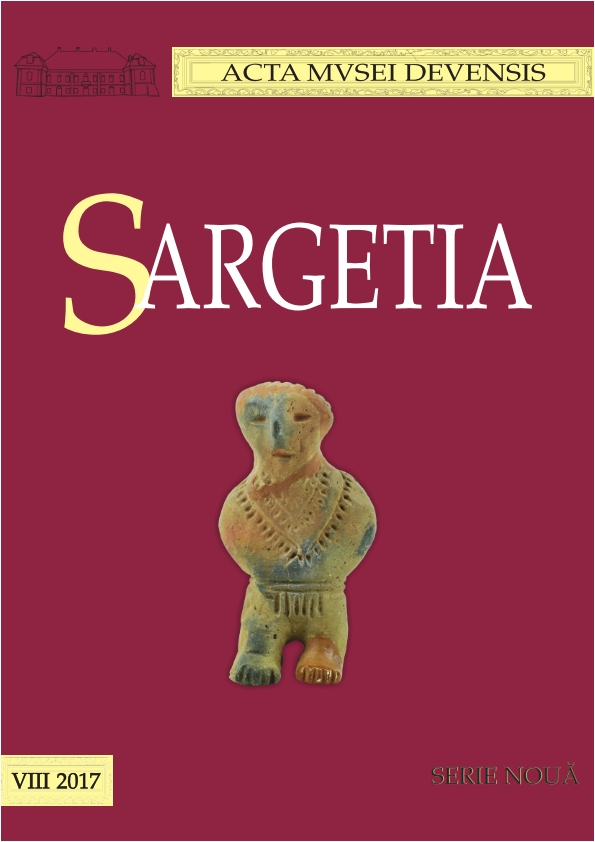Constantin Papfalvi, deputat în Dieta de la Pesta
Papfalvi Constantin, Deputy in the Diet from Pesta
Author(s): Marta CordeaSubject(s): History, Modern Age, 19th Century
Published by: Editura Altip
Keywords: Constantin Papfalvi; the Pesta Diet; Haţeg; Romanian Deputy; 1848-1849
Summary/Abstract: The contribution brought by members of parliament who represented the Romanian Banat, Bihor, Maramures and the „Hungarian parties” in the Diet of the 1848-1849 First Diet with national representation, was one with very important implication for Romanian national rights.The group of lawmakers although small in number was heterogens, some of them agreeing with „Union” of Transylvania with Hungary without abolishing the autonomy of Transylvania it suggest. Many of them were convinced that collaboration with Hunagrians represent empowering the Romanians in Banat and Hungary so that they could get confessional or political freedoms. Even though not all accepted „the Union” the majority of them were followers of the Romanian-Hungarian understanding.Among Romanian lawmakers present in this Diet was included Constantin Papfalvi (vicor, canon) (20 may 1804 - 20 December 1892) representing Hateg between 1833-1941 it was the parish of Hunedoara, from 1836 was vicor and substitute of Iovini Nobili, and in 1841 became vicor for the actual ten years. The years spent in Hunedoara have been „years of effort and running towards his parishioners spiritual lifting”. In 1848 participates in the great National Assembly at Blaj in May 3-15, 1848, and then present in the Transylvanian Diet in May and June 1848. In this article shall be entered in the main activities of Constantin Papfalvi (Fig. 1) as a member of the Diet of Pesta, as has recorded himselfin his autobiographical, kept and published by historic Augustin Bunea in volume Speeches. Church autonomy, Diversity, Blaj, 1903, in the chapter titled „Constantin Papfalvi. Biographical sketch, writen in 1893”, but also through other volumes recalling his work, including the volumes of documents published by historians from Cluj under the auspices of the Romanian Academy. Also, the article brings information contained in the most complete almanac of the Pesta Diet of 1848-1849 (The 1848-1849 yearly historical almanach of the first National Assembly), published in 2002 and less researched by Romanian historians.Although considered by some to be „filo-Hungarian”, his work in the Diet, but also its precursory and later, advocates that he loved lineage which gave rise and act exclusively for the good of the Romanians, even though this could be achieved at the price of compromise, these concretizing in good agreement with the administration. Its involvement in key moments – even if he was doing this in a discreetmaner, was decisive and in many cases its attachment denotes toward Romanian people. After august 1849, for the displaced Diet at Debrecen, being seen ascomplicit, it followed the revolution a number of misleading denouncements. In this situation he found himself and Constantin Papfalvi, having surprised to find that he was accused by particular people who helped and saved their life, even while in Haţeg and Hunedoara work those, so- called „courts of blood”. The roads and the efforts they made to get a well deserved graduation policy tracking from the 1848-1849 were many and very successful late. Only for a short time as a parish priest and vicar at Hunedoara, andwork for a long time being installed on 1 November 1851 at Blaj, and then being elected as deputy in 1867. The year 1887 crowned his activity, being elected as capitular preposit instead of Timotei Cipariu.
Journal: Sargetia. Acta Musei Devensis
- Issue Year: 2017
- Issue No: 8
- Page Range: 245-259
- Page Count: 15
- Language: Romanian

